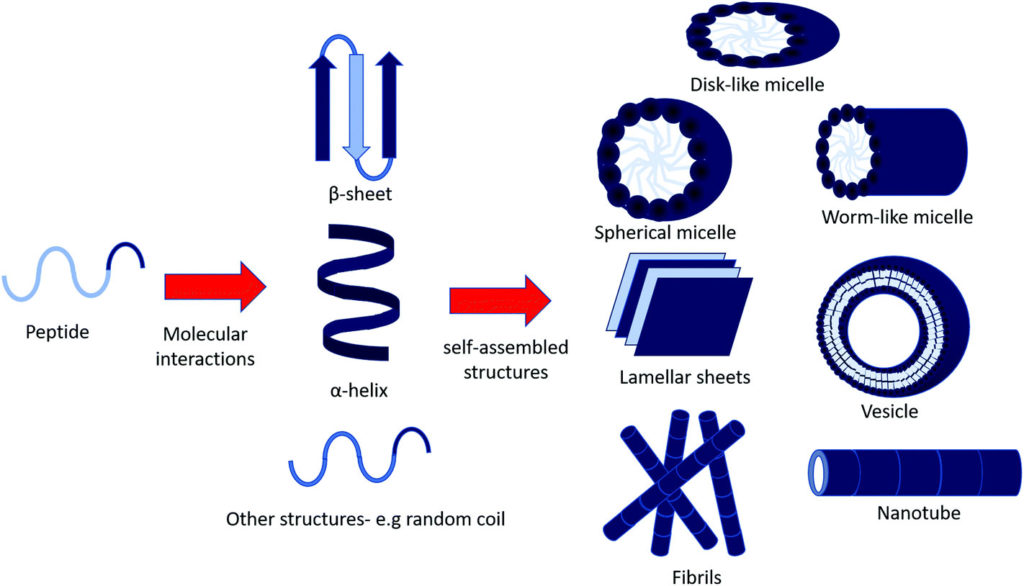From the whole Organic & Biomolecular Chemistry team, we’d like to say congratulations to all the poster prize winners at the Tri-Institutional Chemical Biology Symposium 2017!
We were pleased to present prizes to the following winners:
Rudolph Pisa (Graduate student with Professor Tarun Kapoor, The Rockefeller University) – Chemical Science poster prize
A rational strategy to design probes for the chemical genetic analysis of AAA+ proteins
Darren Johnson (Graduate student with Professor Daniel Bachovchin, Memorial Sloan Kettering Cancer Centre) – Chemical Society Reviews poster prize
DPP8 and DPP9 are therapeutic targets for acute myeloid leukemia
Michaelyn Lux (Graduate student with Professor Derek Tan, Memorial Sloan Kettering Cancer Centre) – Organic & Biomolecular Chemistry poster prize
Diastereoselective palladium-catalyzed cascade to form pyranobenzofurans and furobenzofurans
Dr Nathan Westcott (Postdoc with Professor Howard Hang, The Rockefeller University) – Organic & Biomolecular Chemistry poster prize
Chemical proteomics reveals ADP-ribosylation of small GTPases during oxidative stress
You can read some related papers publishing in Organic & Biomolecular Chemistry below:
A threonine turnstile defines a dynamic amphiphilic binding motif in the AAA ATPase p97 allosteric binding site
James C. Burnett, Chaemin Lim, Brian D. Peyser, Lalith P. Samankumara, Marina Kovaliov, Raffaele Colombo, Stacie L. Bulfer, Matthew G. LaPorte, Ann R. Hermone, Connor F. McGrath, Michelle R. Arkin, Rick Gussio, Donna M. Huryn and Peter Wipf
From themed collection 2017 Hot Articles in Organic and Biomolecular Chemistry
Structure-based design of 3-carboxy-substituted 1,2,3,4-tetrahydroquinolines as inhibitors of myeloid cell leukemia-1 (Mcl-1)
L. Chen, P. T. Wilder, B. Drennen, J. Tran, B. M. Roth, K. Chesko, P. Shapiro and S. Fletcher
From themed collection New Talent














